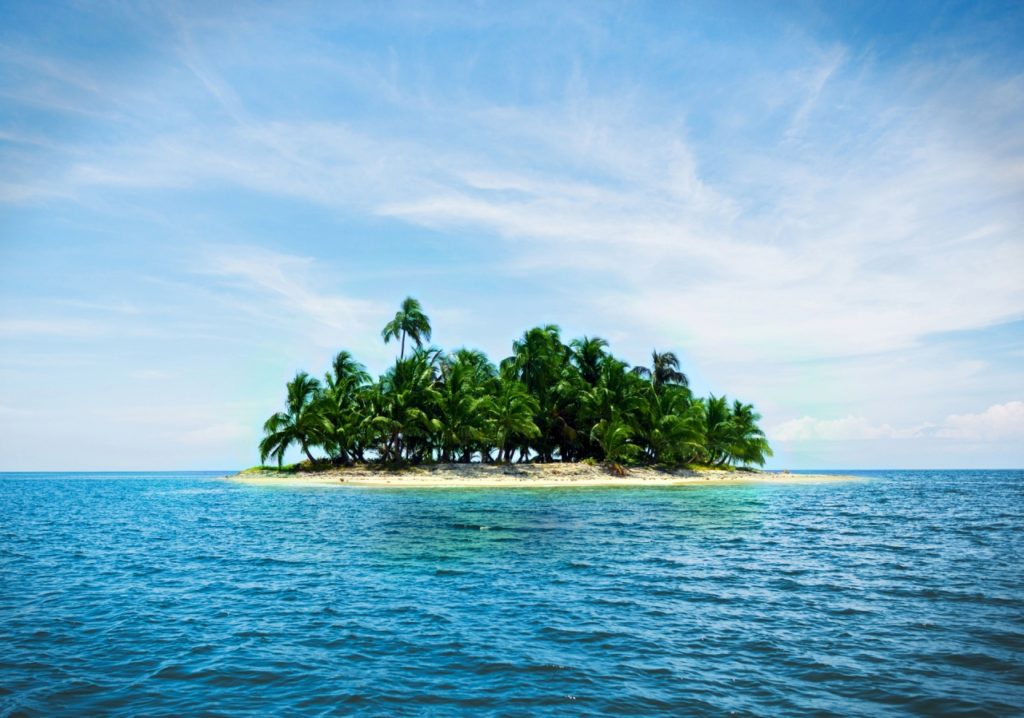
Micronations (also called Micro Nations) are the smallest form of official nationhood. Usually they are nations which hold little or no land, but have laid claim to sovereign independence and territory. Most are unrecognized by the major countries of the world.
In most cases, Micronations are attempts at founding new countries. They often declare dominion over land that actually exists, often tiny, isolated islands, or other areas undeveloped by major world powers. Like other countries, many Micronations have proclaimed declarations of independence, adopted constitutions, sought diplomatic recognition, appointed ambassadors, displayed national flags, and issued stamps, passports, and currency.
There are several types of Micronations, ranging from small established and “landed” states, such as the Island of Antigua, with a population of only a few thousand people, to “model” nations which may have as few as one citizen. Most usually Micronations fall within the following categories:
ESTABLISHED STATES: These Micronations are most usually termed “Micro States”. They actually own sovereign land, and are recognized as independent by one or more major world countries. Established Micronations include small independent islands such as Antigua, and Vatican City, which holds only 108 acres of sovereign land. Most other forms of Micronations seek to be established, “landed” states of this type.
EXILED STATES: These are Micronations which have a government, but have lost their sovereign land. Such states have been recognized as “established” at some point in time, have claims to territory in their homeland, and may still be recognized officially by some major countries. A well known modern example of this is the Tibetan Government in Exile of the Dalai Lama. “Exiled” Micronations can be extremely viable. During the Second World War, the government of France existed as a Micronation, consisting of an organized faction which had lost its land to the German invasion.
UNRECOGNIZED PEOPLES: These Micronations are organized racial, political or social factions which claim the need for independent recognition and/or full “nation” status, usually because their needs are not being met by existing political and national situations. Most often “unrecognized peoples” have either not held their own central government in the past, or have formed a “new” governing system to replace a government which ended in history. Most modern Native American nations and other indigenous groups may be included in this category. A well known example of an “unrecognized peoples” nation is the modern state of Israel, which was founded after WWII to restore the Hebrew people to their traditional homeland, even though the ancient government of Israel had not survived the centuries in exile.
MODEL STATES: These Micronations are experiments in political science. These may range from practical attempts at founding a new “landed” nation, to hypothetical theory scenarios. Most usually, model states are semi-serious attempts at forming new governments. They usually exist as a working governmental system of several people, lay claim to existing land, and attempt to manifest sovereign status and recognition. An example of a high-profile model state is the nation of Sealand, which was an attempt to colonize abandoned ocean platforms off the coast of Britain. Sealand has minted its own money, issued passports, and actually managed to be recognized by a few UN nations.
IMAGINARY STATES: These are far less serious “model nations”, which have no real goals for establishing a “real” status. These are usually fantasy scenarios, which often have an elaborate fictional “history”, government, language, and territories. Sometimes imaginary states become a “role playing game”, in which many people may participate. A very well known Imaginary state is maintained by the Society for Creative Anachronism, which declares baronies and supports tournaments and role playing in Medieval character.
Very few new “landed” nations are created in the modern world. Occasionally nations are “reorganized” as some independent countries have been in South Africa, but these are extreme exceptions. Basically all land in the world is under control of existing major nations, who have official policies against releasing their own sovereign land.
Micronations in general exist as a compromise between the will of the major world powers, and the desires of people wishing their own separate nationhood. They are usually peaceful attempts at manifesting sovereign independence that do not interfere with existing nations or international situations. Most micronations are tolerated but officially ignored by all major world countries and governments, and exist as a substrata of human organization holding somewhat less than full “recognized nation” status.